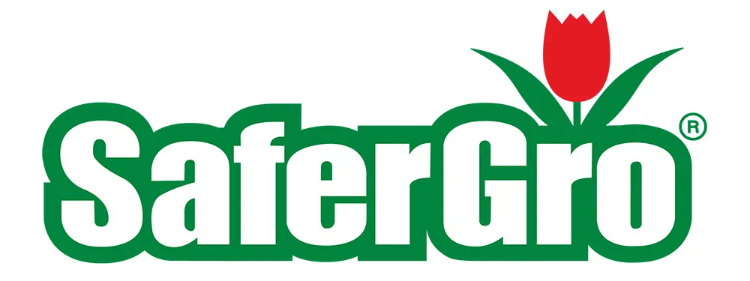How to Prevent Frost Damage During Winter Season
As the seasons get colder, frost damage becomes a concern for your garden. It’s important to know when it’s considered cold weather or frost. Frost advisory is when temperatures fall between 32 – 36 degrees Fahrenheit. Freeze warning is when there’s an 80% chance that temperatures fall below 32 degrees Fahrenheit. There are three types of freezing temperatures:
- Light freeze ranges from 29 – 32 degrees Fahrenheit. It can affect growing plants or frost sensitive plants.
- Moderate freeze ranges from 25 – 28 degrees Fahrenheit. The conditions become destructive to many plants.
- Severe freeze ranges from 25 degrees Fahrenheit and lower. These temperatures lead to severe damage to plants.
Use these tips to save your plants before they’re affected by frost damage!

#1. Harvest
If you have plants that are close to harvesting, it’s best to prioritize them. Harvest the yield that can ripen afterwards. Be mindful that certain plants will rot if they’re not harvested in time!

#2. Water
Before the freezing temperatures, make sure to soak your plants! It’ll serve as protection against the cold. Moist soil stays warmer than dry soil. You can also use mulch to conserve the moisture.

#3. Frost Cover
Soil can keep your plants warm during the cold winter, especially root plants. You can use commercial frost cloths, row covers, old bed sheets, tarps, or plastic buckets as protection. The cover needs to be secure, so the wind doesn’t blow it off. The cover should primarily be used during cold temperatures. Once temperatures get warmer, you can remove the sheet and plants to get natural air and light.
#4. Plan your Harvest
The most crucial step is selecting winter crops for harvest. These types of plants can adapt and survive colder temperatures. Otherwise, you’ll need to take more precautions with other plants. Make sure the weather forecasts show a lower risk of frost. It’s better to wait for warmer weather than risk your plants being affected by frost.
Share
